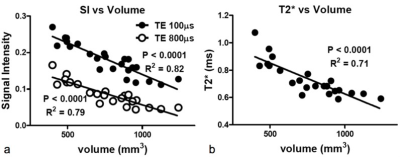Educational Course
Lung MRI: Getting Started
Session Topic: Thoracic/Lung MRI
Session Sub-Topic: Lung MRI: Getting Started
Weekday Course
ORGANIZERS: Mustafa Shadi Bashir, Vikas Gulani
| Tuesday Parallel 3 Live Q&A | Tuesday, 11 August 2020, 13:45 - 14:30 UTC | Moderators: Geoff Parker & Brandon Zanette |
Skill Level: Basic to Intermediate
Session Number: W-02
Overview
Lung MRI is a family of emerging techniques that can provide structural and functional assessments. A variety of important technologies can facilitate assessment of the lung, including hyperpolarization and UTE. This session is designed for attendees interested in learning or reinforcing key knowledge regarding lung MRI.
Target Audience
Clinicians and physicists interested in MRI of the lung.
Educational Objectives
As a result of attending this course, participants should be able to:
- Describe the research and potential clinical uses for lung MRI;
- Explain key techniques for performing proton and non-proton lung MRI; and
- Summarize important technical advances, including ultra-short echo time techniques, that facility the performance of lung MR.
| Xenon Lung MRI
Talissa Altes
|
||
| Proton Lung MRI
Susan Hopkins
|
||
 |
UTE & Other Techniques for Lung MRI
Masaya Takahashi
Purpose: Pulmonary function tests (PFTs) are global measurements where contributions from regions of normal and varying degrees of alteration in function are combined. Non-uniform disruption of lung architecture is usually assessed by high-resolution computed tomography (CT), which incurs radiation exposure and yields only static anatomical data. Our purpose was to evaluate and define the applications of functional thoracic MRI to bridge anatomical and functional assessment of the lung in regional parenchymal diseases.
|

 Back to Program-at-a-Glance
Back to Program-at-a-Glance Watch the Video
Watch the Video Back to Top
Back to Top